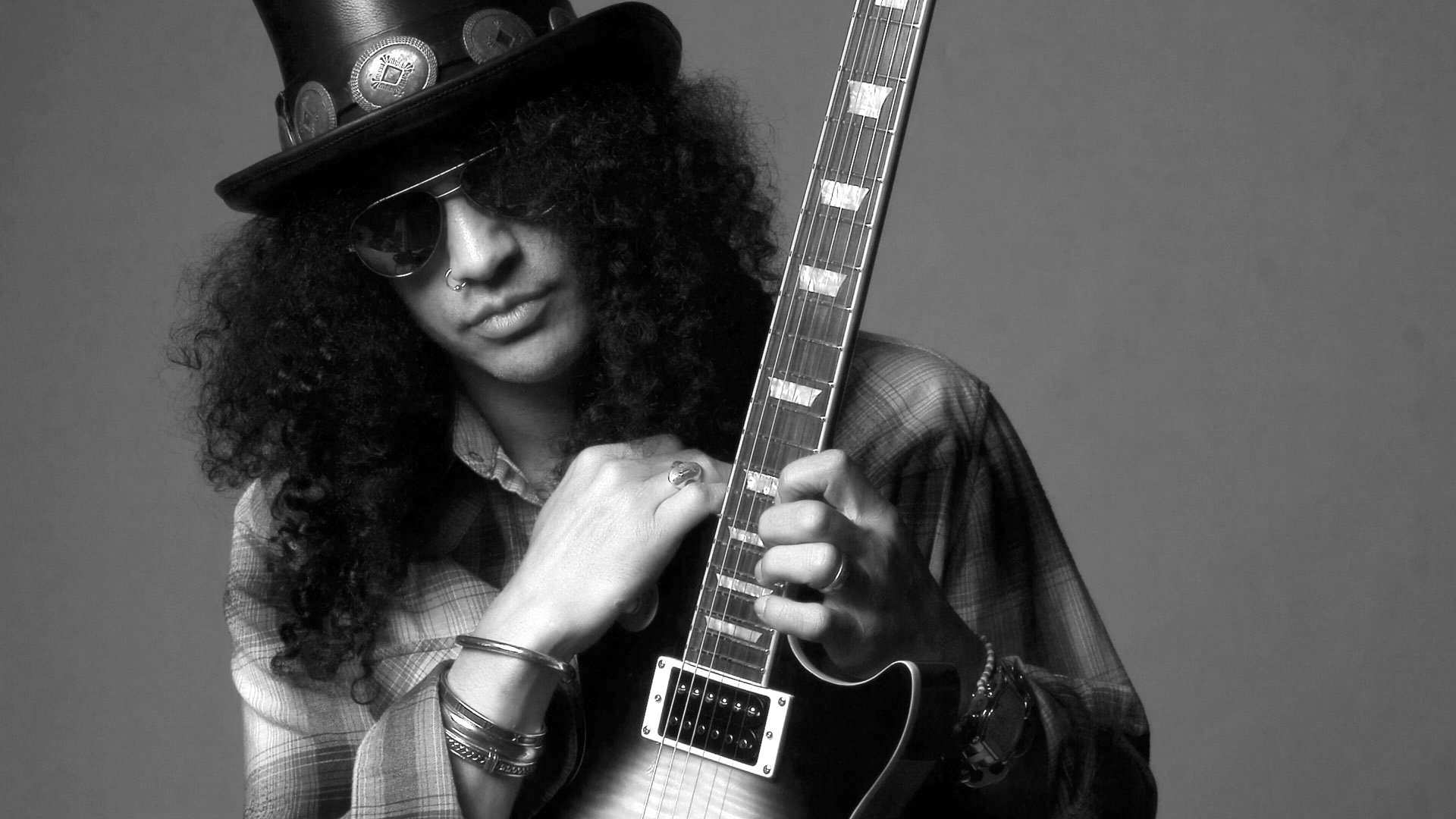Part of the beauty of songwriting is it’s different each time, it’s a unique process of creativity. To create a piece of music that didn’t exist before is something truly magical. Songs are special, songs are beautiful, songs mean different things to different people. They have the power to transport you back to a time of happiness or sadness. Some songs have huge instrumental arrangements and some have absolutely none, again there is no formula for this and that’s part of the magic. It doesn’t have to be a Bohemian Rhapsody, think of Bobby McFerrin's 'Don't Worry Be Happy’ or Suzanne Vega’s ‘Tom's Diner’. These two songs featured no musical instruments at all, just the voice, a cappella. The purist of songs, just a melody and a fine story to tell is sometimes all you need.
Paul McCartney did it in his sleep
Paul McCartney is regarded as one of the most successful songwriters of all time. During his time with The Beatles he wrote over 70 of the band's songs on his own. Many more followed with Wings and has continued throughout his solo career. Over the years he’s written songs in many different styles and genres but there’s one that has a very interesting story about it’s creation. The one in question went on to become the most covered song in pop music history, and it all began with a dream.
So, how did Paul McCartney write ‘Yesterday’ in his sleep? This is a question I’m often asked and it’s one I have pondered over for many years. Did he? Is that a thing? The answer is yes, and when you think about it it’s quite easy to understand how it was done. We all dream about things we think of during our day. Places we have been, something we have seen, a smell, a feel, a taste. A songwriter is no different, musicians are always thinking about lyrics, melody, harmony, rhythms, arrangements, song titles, album titles, the list goes on. It’s always there in the back of a writer's mind. So it’s 100% feasible that Paul awoke one morning with the melody for ‘Yesterday’ in his head after dreaming it that night.
At the time of writing the song Paul had a piano at his bedside. When he awoke that morning he rushed to the piano to play the melody and find the accompanying chord progression. At the time he wasn’t sure if he’d written, or subconsciously stolen the melody, and had to be reassured numerous times that it was an original. Playing it to everyone he met, asking if they recognised it, Paul says “Eventually it became like handing something in to the police. I thought that if no one claimed it after a few weeks then I would have it.” Once he was confident that the melody hadn’t been written before, he slowly began to develop the song. At this stage he had no lyrics, no song structure as such, just the basic melody and the accompanying chords he had found on the piano that morning. Then came the words.
“Scrambled eggs, Oh my baby how I love your legs, not as much as I love scrambled eggs''
These lyrics were fitted to the melody that had been in his dream. Songwriters will often write random lyrics to enable them to remember the phrasing of the songs melody. A lot of the time the artist will revisit the lyrics at a later stage. The ‘Scrambled Eggs’ title became a joke between The Beatles, as they struggled to think of an appropriate name for the song. When Paul finally settled on ‘Yesterday’, it’s documented that it was somewhat of a disappointment, as the fab four had been having so much fun singing ‘Scrambled Eggs’. The song developed over the coming months, eventually becoming the beautiful piece we know and love today. If only every song was this straightforward to write!
A writer can be inspired at any moment, often when they’re least expecting it.
You could be out on a family walk, enjoying a morning coffee or on the school run when inspiration strikes. The only thing for certain, is creativity will not and can not be forced. You can’t say “I’ll write a song on Tuesday”, or “I have some free time on Wednesday so I’ll write then”. Some days ideas will flow, and other days they just won’t be there at all. You have to be patient, but like everything in life, if you put enough hard work in, you’ll get your Scrambled Eggs.
This week I have arranged ‘Yesterday’ for solo-fingerstyle guitar. You can download a free version of the guitar TAB and music notation here. Good luck and as always enjoy your playing!













